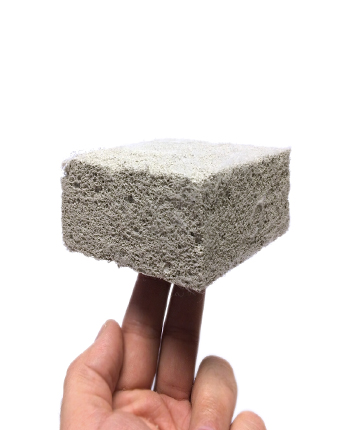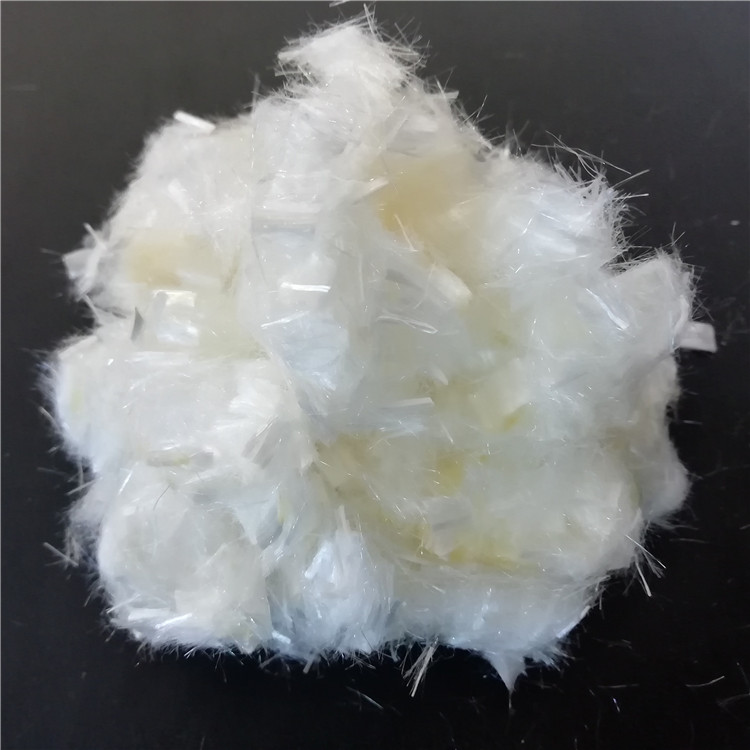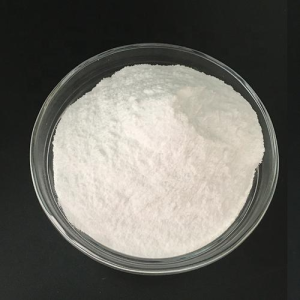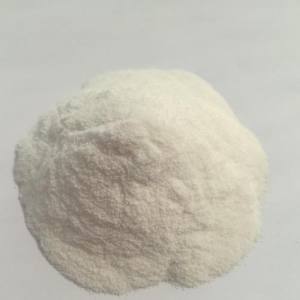Professional solutions on concrete addtives, Concrete Foaming Agent, Superplasticizer, CLC Blocks Additives, and foaming machine
(How is the high strength of concrete achieved? )
Concrete is classified as high-strength concrete based on 28-day strength. Until the 1970s, concrete with a strength of more than 40Mpa was classified as high-strength concrete. The benchmark for high-strength concrete is raised to 55Mpa or higher when concrete mixtures of approximately 60Mpa and above are produced commercially.
High strength concrete has a history of about 35 years, from the development of superplasticizer admixtures in the late 1960s, Japan using "naphthalene sulfonate" high strength prefabricated products, and Germany using "sodium benzenesulfonate" underwater concrete, which was a pioneer in this technology.
How is the high strength of concrete achieved?
Higher concrete strength can be achieved by using one or a combination of some or many of the following methods:
High cement content
Reduce water-cement ratio
Better machinability and therefore better compaction
Requirements for high-strength concrete require a high content of cementitious material in the concrete mixture, which can be in the range of more than 400 kilograms per cubic meter. Higher cementitious content leads to higher thermal shrinkage and dry shrinkage, and there is a stage where further cementitious material addition does not affect strength. As for durability, the minimum and maximum cement content in concrete is regulated by law, and reducing the water-cement ratio has its limitations, especially under field conditions. The desire for higher strength leads other materials to achieve the desired effect, thus showing the contribution of cementitious materials to concrete strength.
The addition of pozzolanic mixtures such as pozzolanic fly ash (PFA) or granular blast furnace slag (GGBS) contributes to the formation of secondary CSH gel thereby increasing strength.
The addition of pozzolans admixtures (such as fly ash used as an admixture) reduces the strength gain of concrete for the first 3 to 7 days and displays the gain after 7 days and provides higher strength over the long term.
Add mineral mixtures such as silica fume or metakaolin or rice husk ash.
Silica fume or highly reactive volcanic ash mixtures such as metakaolin and rice husk ash (RHS) will begin to function in about 3 days. RHS has an advantage over PFA because RHS is more reactive.
Using chemical admixtures such as superplasticizers or superplasticizers, controlling admixtures will help achieve higher strength in concrete.
Research and experience have shown that admixtures based on polycarboxylic ether (PCE), known as high plasticizers, are best suited for this job as they have a water reduction capacity of 18 to 40 percent relative to control or reference concrete.
A combination of all or more of the above to achieve the desired strength.
With HSC accompanied by some complexity, such as higher shrinkage rates, higher hydration heat, etc., combinations of at least some of these methods are now unchanged, all of which need to be neutralized or controlled. Most problems are handled by PFA or a combination of GGBS and PCE mixtures.
Steam curing is also used to speed up cement hydration, but this may not result in higher strength. Substituting some fine aggregate with fly ash or blast furnace slag can achieve early strength gains without increasing the water requirement of the concrete mixture.
Suppliers of Concrete Additives
TRUNNANO is a reliable foaming agents supplier with over 12-year experience in nano-building energy conservation and nanotechnology development.
If you are looking for high-quality CLC foaming agents, please feel free to contact us and send an inquiry. (sales@cabr-concrete.com)
We accept payment via Credit Card, T/T, West Union, and Paypal. TRUNNANO will ship the goods to customers overseas through FedEx, DHL, by air, or by sea.
(How is the high strength of concrete achieved? )









